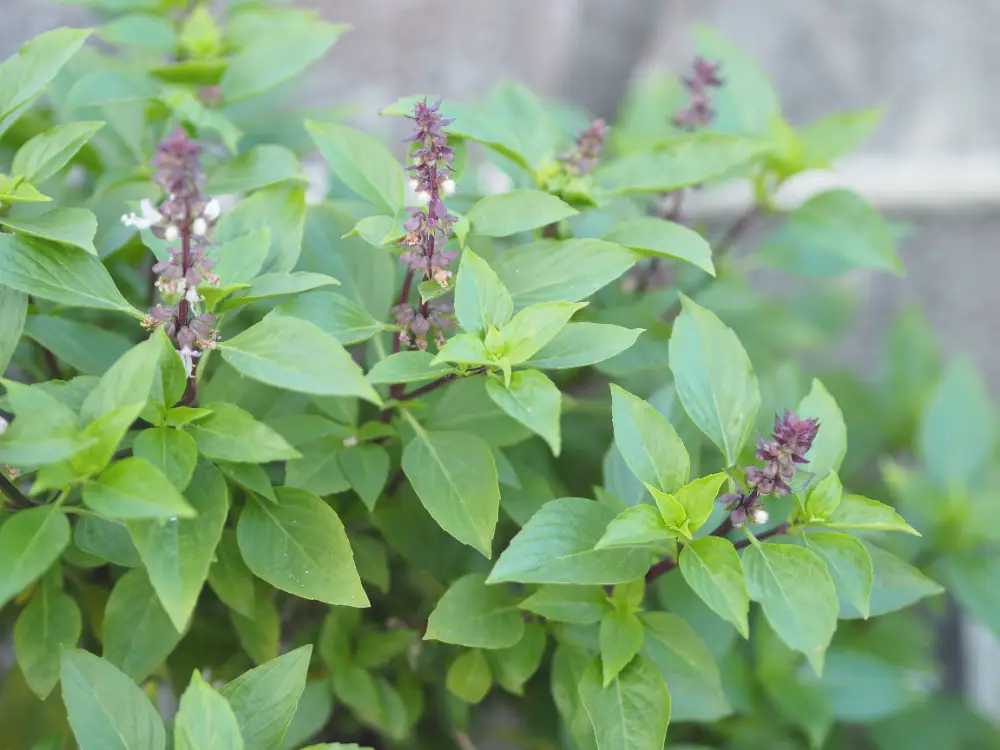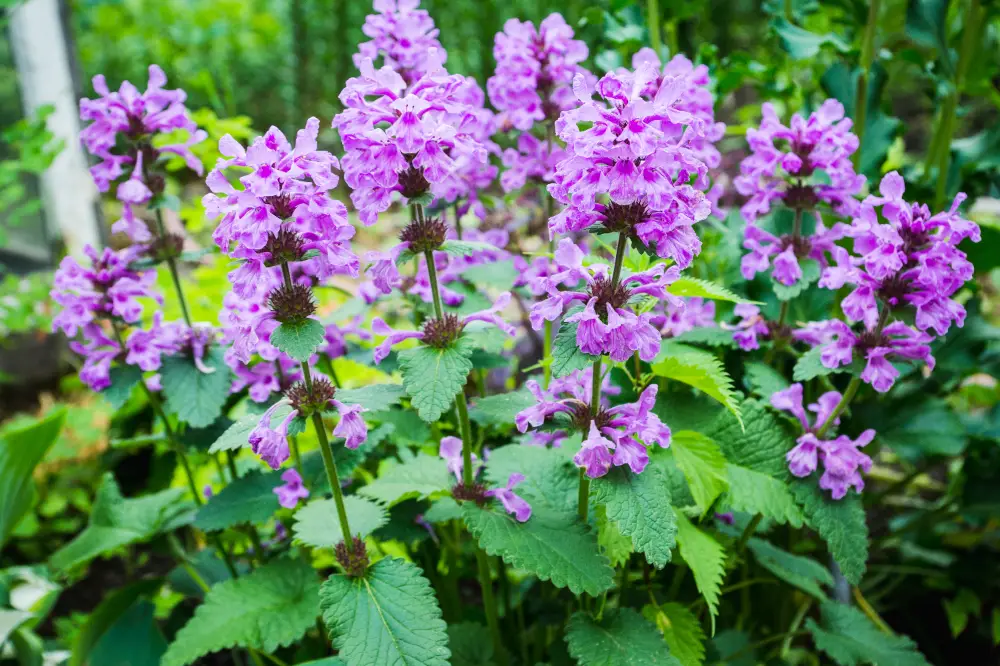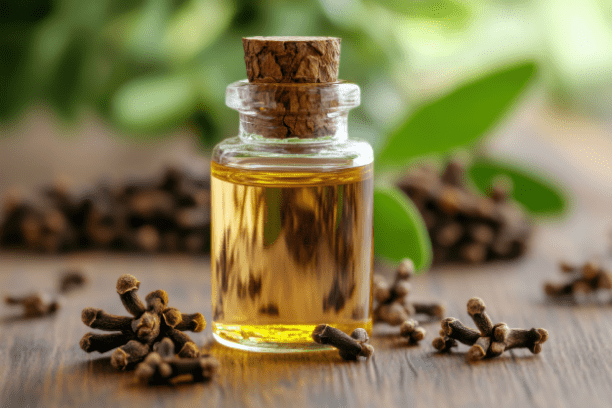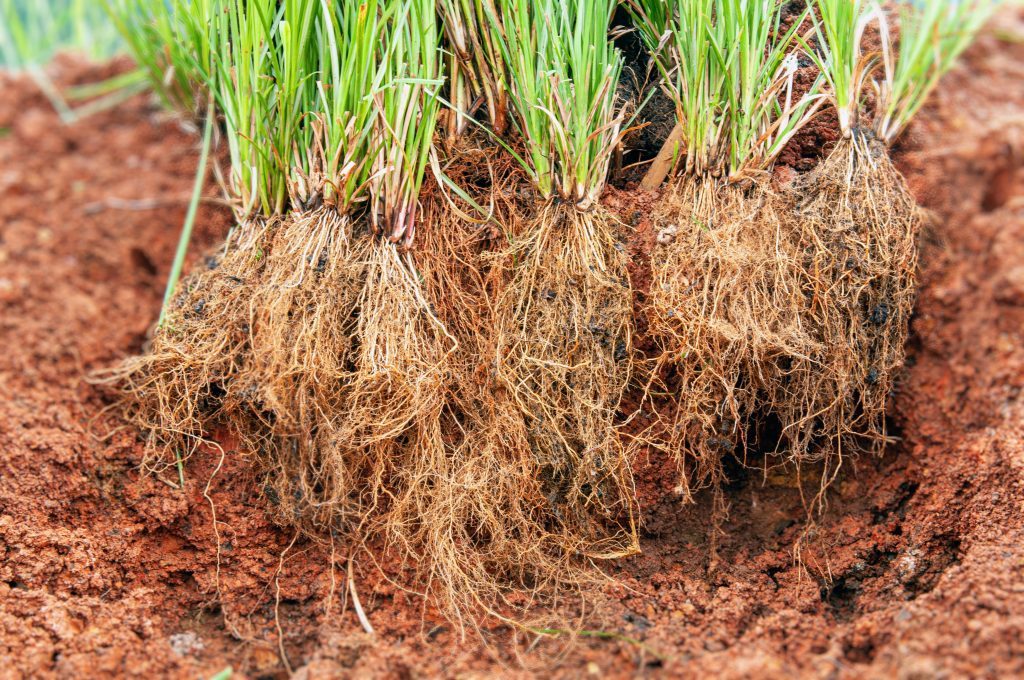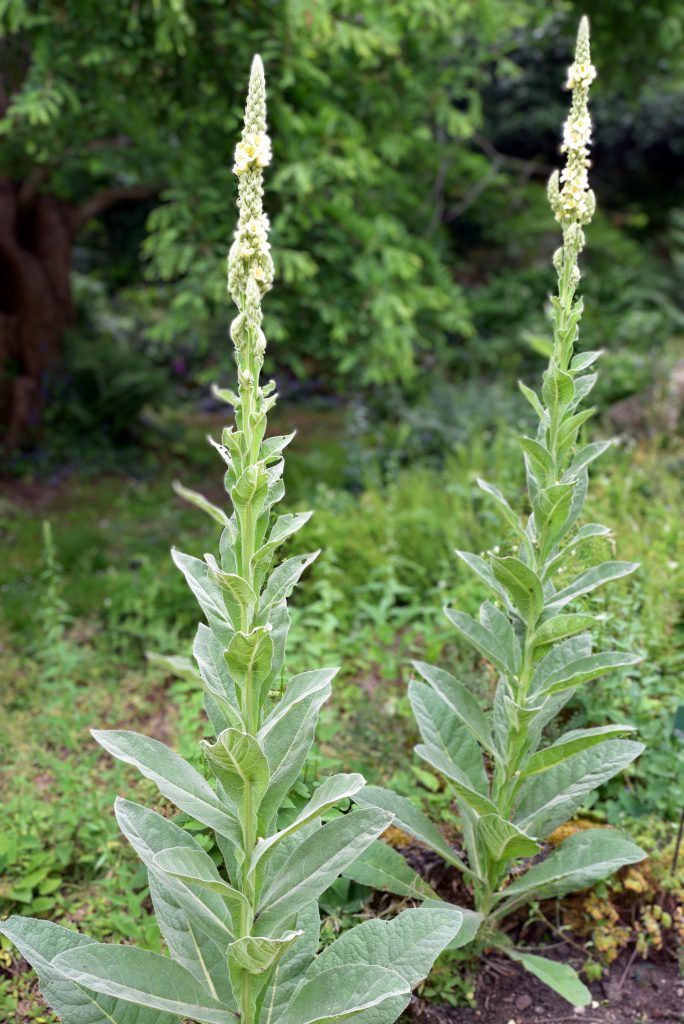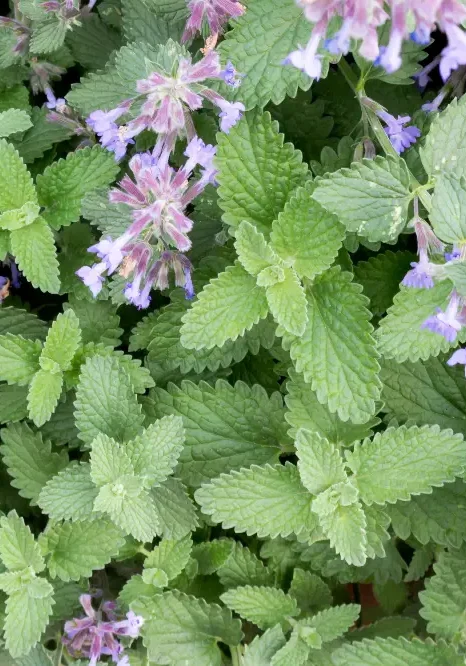
Catnip
Nepeta cataria
Laminaceae (Mint Family)
It is famous for its effect on cats, but it also has a long history of use in herbal medicine for its calming, digestive, and antispasmodic properties.
Other names:
Catnip, Catmint, Field Balm, Catnep, and Cataire.
Superpower
Nepeta cataria lies in its dual ability to calm both the nervous system and digestive system. Known for its soothing properties, catnip works as a gentle sedative, helping to ease anxiety, restlessness, and insomnia, making it a perfect remedy for unwinding after a long day. Its mild antispasmodic action makes it effective for digestive issues, such as cramps, gas, and indigestion, providing relief from discomfort while also helping the body relax.
Uses
Nervine and Sedative:
Catnip has been traditionally used as a mild sedative to calm the nervous system, making it useful for treating anxiety, nervous tension, and insomnia. Its gentle relaxing properties help alleviate restlessness and promote restful sleep without the grogginess associated with stronger sedatives.
Digestive Support:
Catnip is also well known for its use in treating digestive issues. It acts as a carminative and antispasmodic, making it effective for relieving indigestion, gas, cramping, and colic. Its ability to calm both the nervous system and the digestive system makes it a powerful herb for conditions where stress and digestive discomfort are intertwined.
Children’s Herb:
Because of its gentle nature, catnip is often used for children, particularly for treating colic, restlessness, fever, and teething discomfort. Its calming effects help to ease fussy behavior and soothe an upset stomach in infants and young children.
Menstrual Relief:
Catnip’s antispasmodic properties also make it helpful for menstrual cramps. Its ability to relax smooth muscle tissue eases the pain of cramping and discomfort associated with menstruation.
Cold and Flu Support:
Traditionally, catnip has been used to support the body during colds and fevers. It acts as a diaphoretic, promoting sweating to help break fevers, and can ease congestion and soothe the respiratory system during illness.
Cautions
Pregnancy and Breastfeeding:
Catnip is generally not recommended for use during pregnancy as it may stimulate uterine contractions, potentially leading to complications.
Sedative Interactions:
Catnip has mild sedative properties and may enhance the effects of other sedative medications such as sleep aids, benzodiazepines, or antihistamines. Combining catnip with these medications could result in excessive drowsiness.
Children:
While catnip is generally considered safe for children, it should be used with caution and in appropriate doses. Excessive use may cause drowsiness or digestive upset in some children.
Known Chemical Constituents
Volatile Oils: Including nepetalactone, citral, and geraniol, which contribute to catnip’s calming aroma and sedative effects. Nepetalactone is the most well-known, responsible for its effects on both cats and humans.
Flavonoids: Such as quercetin and rutin, providing antioxidant and anti-inflammatory support.
Tannins: Astringent compounds that help tone tissues, offering mild antimicrobial properties.
Phenolic Acids: Including caffeic acid and rosmarinic acid, which have antioxidant and anti-inflammatory benefits, supporting the immune system and reducing oxidative stress.
Iridoids: Primarily nepetalactone, known for its anti-inflammatory, sedative, and analgesic properties, contributing to the overall soothing nature of the herb.
Botanical Description
Plant Type:
Nepeta cataria is an herbaceous perennial that typically grows to a height of 50 to 100 cm (20 to 40 inches). It has a characteristic square stem, common to plants in the mint family.
Leaves:
The leaves are heart-shaped with a downy texture, covered in fine hairs, and have serrated or toothed edges. The leaves are opposite on the stem and exude a minty aroma when crushed.
Flowers:
The flowers are small, tubular, and usually white to pale purple with occasional purple spots. These flowers form in spikes at the ends of the branches and bloom throughout the growing season.
Stems:
The stems are square and hairy, another trait of the mint family.
Root System:
Catnip has a fibrous root system that supports its growth in a variety of soil types, particularly in well-drained soils in sunny or partly shaded areas.
Fun Facts
Interestingly, catnip’s appeal to cats is believed to be a defense mechanism for the plant, as the compounds in catnip also act as an insect repellent.
Parts Used
Aerial
Harvest
Best Time to Harvest:
Catnip is best harvested when it is in full bloom, typically in late spring through summer. The leaves and flowers are at their most potent just as the plant starts to flower. Harvesting is ideally done in the morning, after the dew has dried but before the sun becomes too hot, to preserve the volatile oils and active compounds.
Parts Used:
The aerial parts of the plant, including leaves, stems, and flowers, are used for medicinal purposes. These can be harvested and used fresh or dried for later use.
Harvesting Method:
To harvest, use clean scissors or shears to cut the upper part of the plant, leaving a few inches of growth to allow the plant to continue growing and producing more foliage. After harvesting, the plant material should be spread out in a well-ventilated area and left to dry, away from direct sunlight. Once fully dried, it can be stored in an airtight container for later use in teas, tinctures, or other herbal preparations.
Preparations
Infusion (Tea), Tincture, Capsules, Essential Oil, Poultice.
Sacred Rituals
Catnip has long been used in sacred rituals for peace, healing, and protection. A common ritual involves using catnip in a relaxing herbal bath to cleanse the mind and body of stress or negative energy. Simply steep catnip in hot water and pour it into a bath, focusing on releasing anxiety and inviting calmness.
Affirmations
“I release tension and embrace the calming energy within me. My mind is clear, my heart is calm, and I welcome peace and balance into my life.”
Spiritual Associations
Some practitioners burn catnip as an incense or use it in protection sachets to promote harmony and positive energy within a space. It is also incorporated into meditative practices to enhance focus and mental clarity by calming the mind, helping individuals to center themselves.
Functions
A substance or agent that reduces inflammation in the body, soothing irritation, swelling, or redness in tissues.
Antispasmodic
A substance or agent that helps relieve or prevent involuntary muscle spasms, cramps, or contractions in smooth or skeletal muscles.
AromaticA substance or agent, typically a herb or essential oil, that has a strong, pleasant fragrance and stimulates the senses.
CalmingA substance or agent that soothes the nervous system, reduces stress, and promotes relaxation of the body and mind.
CarminativeA substance or agent that helps relieve gas, bloating, and discomfort in the digestive system by promoting the expulsion of gas and soothing the digestive tract.
DiaphoreticA substance or agent that promotes perspiration, helping the body regulate temperature, detoxify, and respond to fevers.
Digestive & Elimination HealthThe overall well-being and optimal functioning of the digestive system, which includes the gastrointestinal tract, liver, pancreas, and other supporting organs. It encompasses the processes of breaking down food, absorbing nutrients, and eliminating waste, as well as maintaining a healthy balance of gut microbiota.
Fever TreatmentRefers to substances, therapies, or practices used to manage elevated body temperature, reduce discomfort, and support the body’s immune response during illness.
Nervine relaxantA nervine relaxant is a substance that calms and soothes the nervous system, reducing tension, stress, and anxiety, and promoting a sense of relaxation and peace.
Nervine sedativeA nervine sedative is a substance that calms the nervous system and promotes sleep or deep relaxation, often used to alleviate anxiety, agitation, or insomnia.
Respiratory HealthRefers to the optimal functioning of the lungs and airways, enabling efficient breathing and the exchange of oxygen and carbon dioxide.





